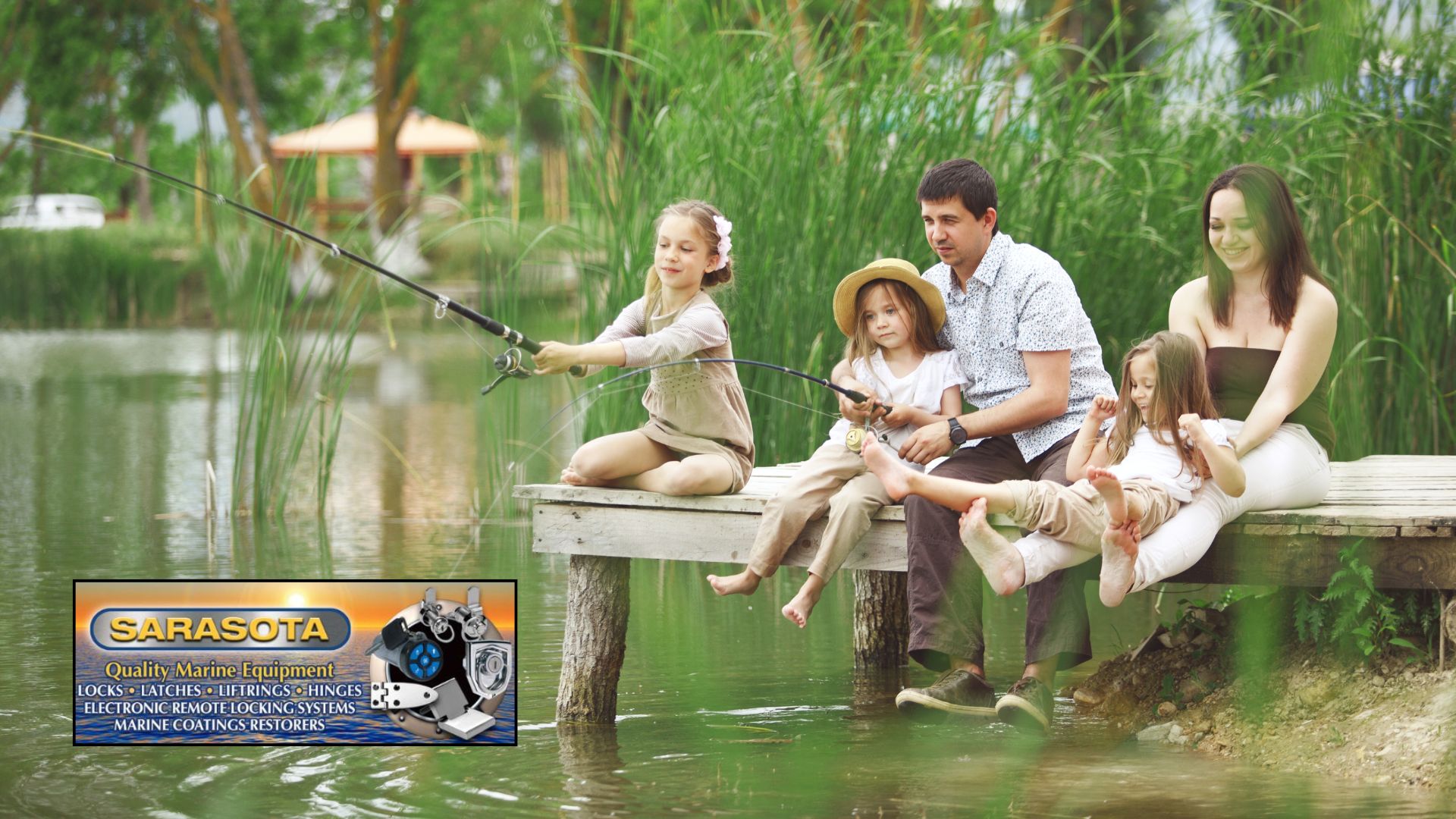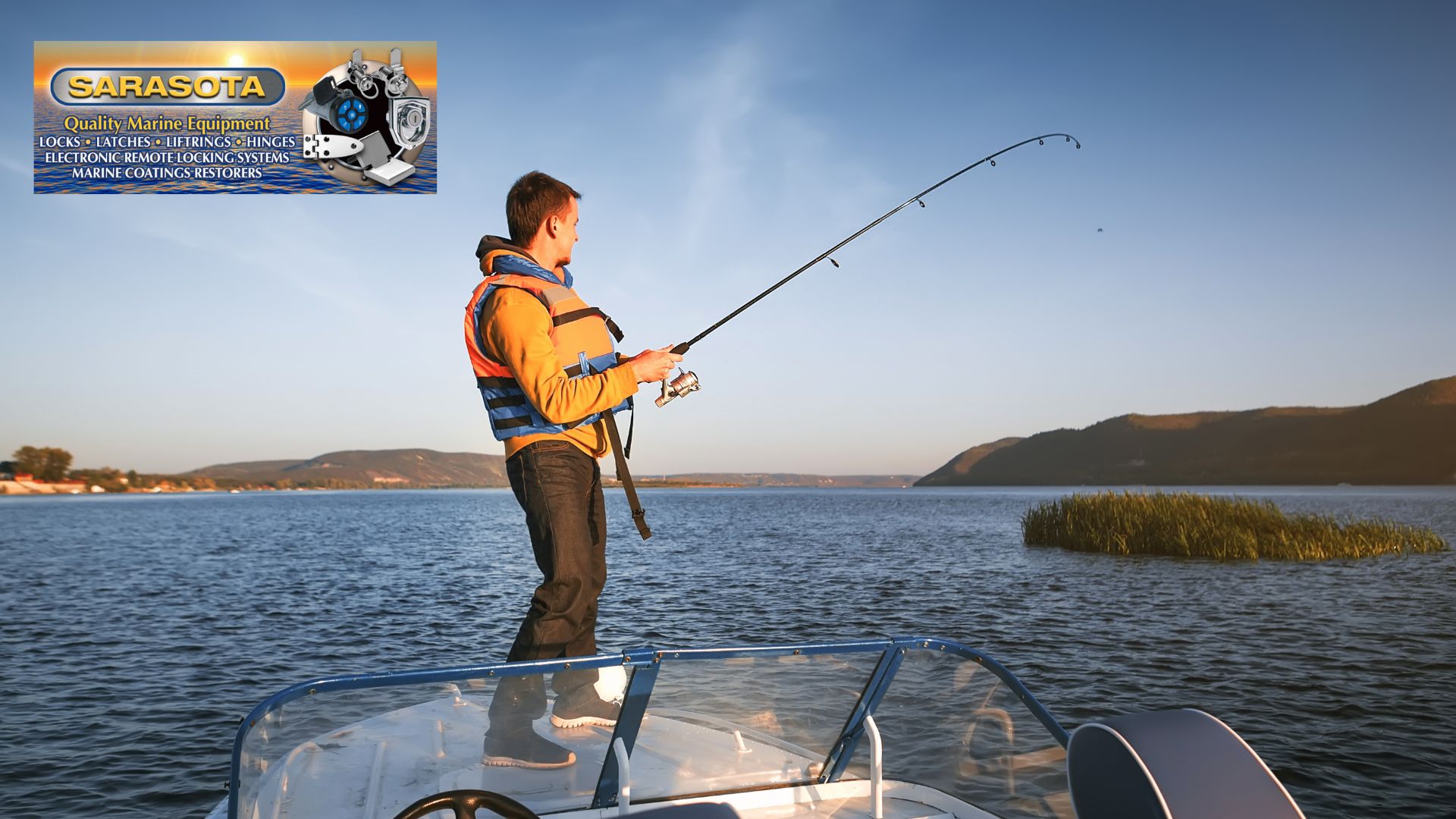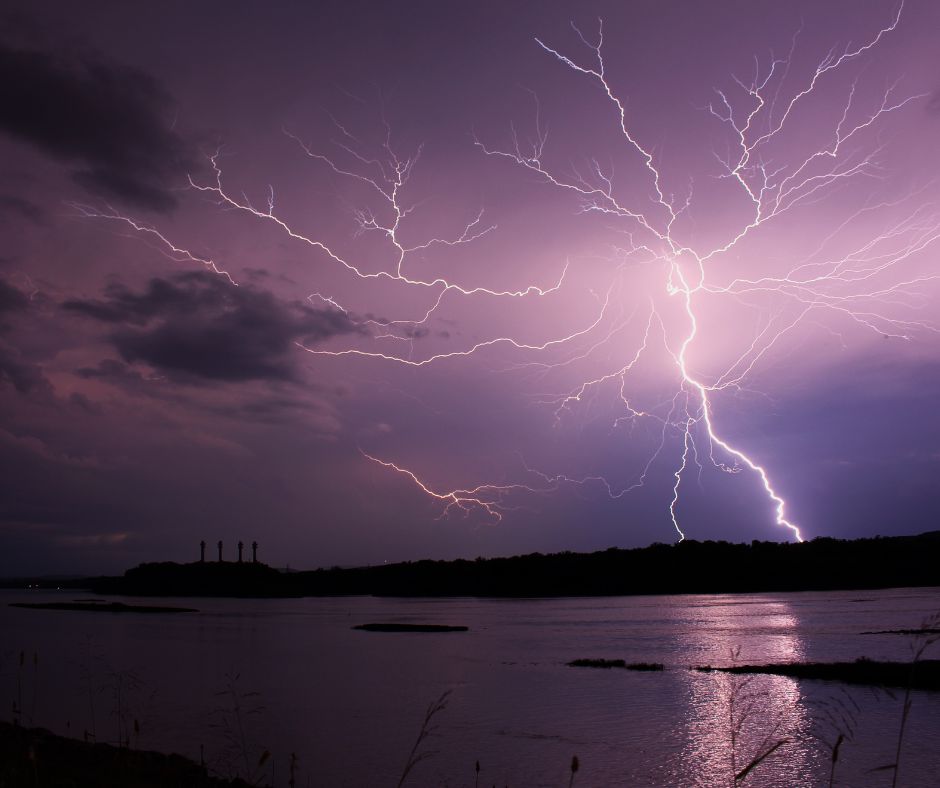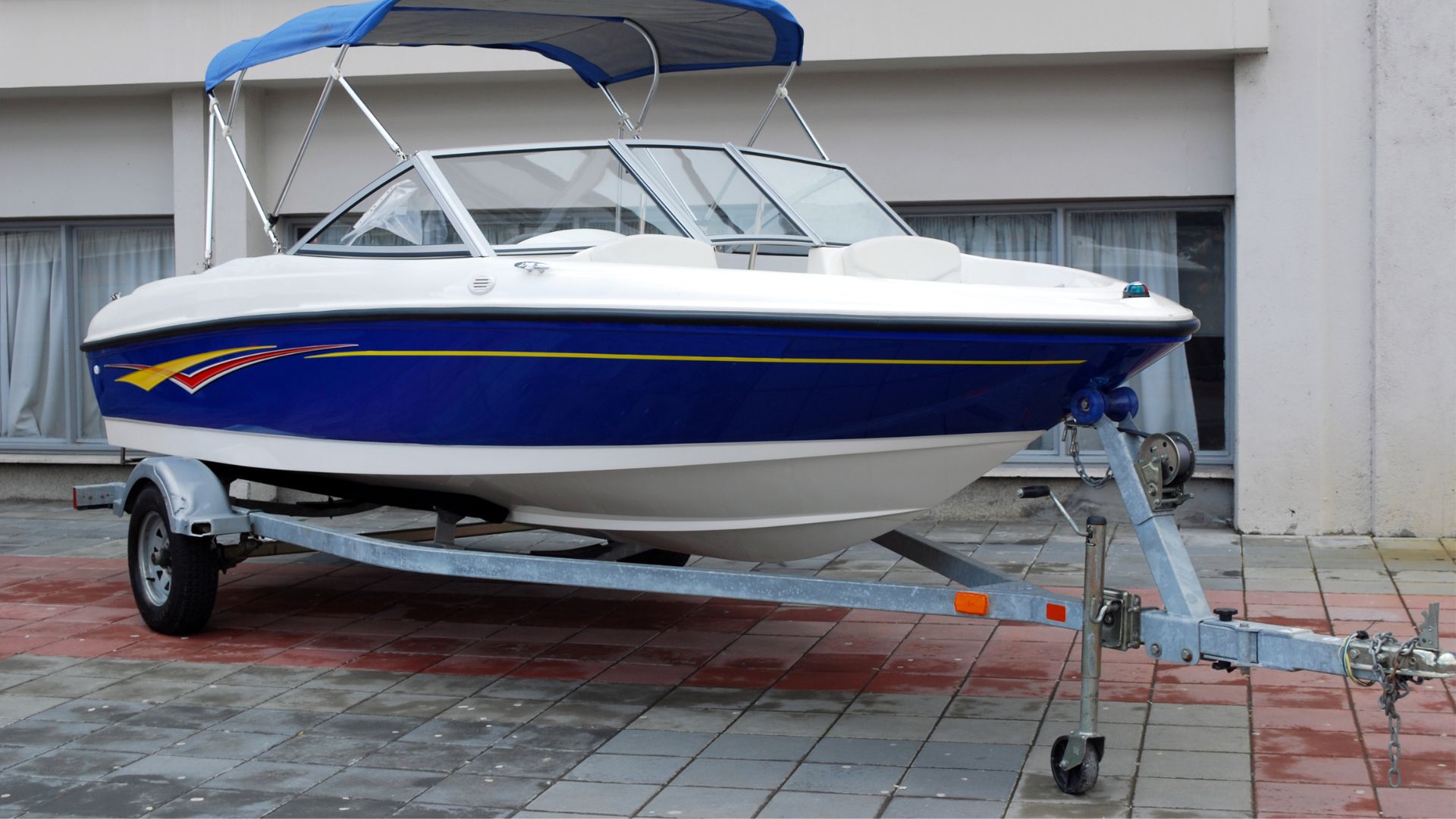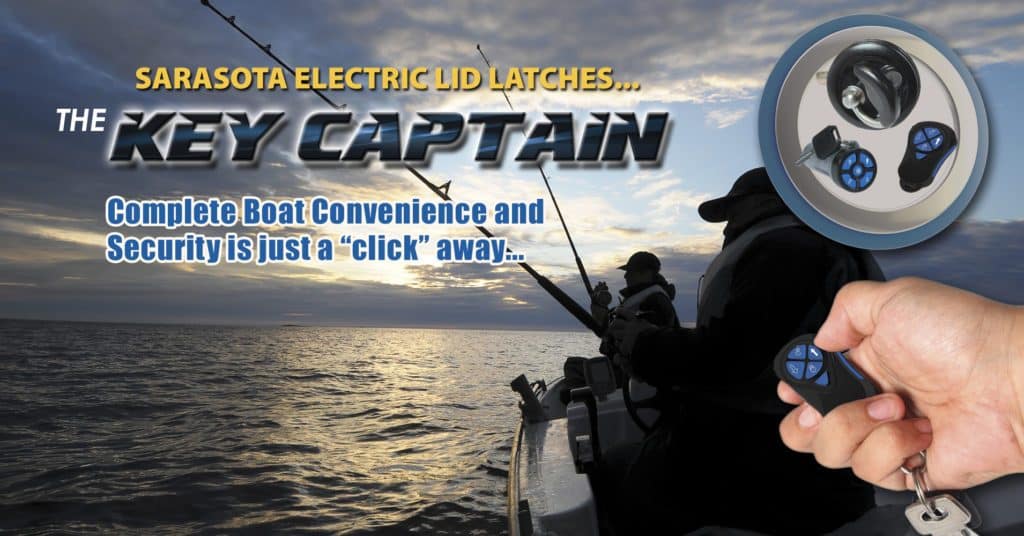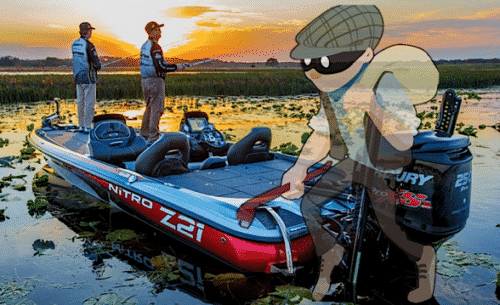Marine crime reaches new highs as thieves target boats and trailers nationwide
Boat theft continues to plague watercraft owners across the United States, with recent police reports revealing a troubling trend of increasingly bold criminals targeting boats, trailers, and marine equipment. From sophisticated chop shop operations to brazen daylight thefts, boat owners are facing new challenges in protecting their valuable investments.
Recent Boat Theft Report
Law enforcement agencies nationwide are reporting a wave of boat-related thefts with multiple arrests and ongoing investigations across the country.
Hudson River Pursuit In August, City of Poughkeepsie, New York police arrested David Dacey, 42, and Christine Vacarr, 41, after they were caught operating a stolen boat on the Hudson River. Police marine units intercepted the vessel heading south after receiving a 911 call about the theft from the Poughkeepsie waterfront. Both suspects were charged with third-degree grand larceny, third-degree criminal possession of stolen property, and third-degree criminal mischief. Dacey also faces drug charges after officers allegedly found him with narcotics. Police determined the boat’s ignition had been bypassed to start the vessel.
Florida Chop Shop Bust Florida authorities arrested a suspect in a multi-city boat and trailer theft operation that included operating a chop shop. During their investigation, detectives discovered three trailers with altered Vehicle Identification Numbers, a boat under review for theft, and numerous boat components including an engine with tampered identification numbers. The suspect faces charges including burglary, grand theft, operating a chop shop, and possession of vehicles with altered VINs.
International Boat Trailer Thefts Ontario Provincial Police in Lambton Shores, Ontario, Canada are investigating the theft of a 26-foot dual axle boat trailer from Port Franks. The theft occurred sometime between July 27 and August 2. The stolen trailer has distinctive features including bright blue bunks, two white rims on the passenger side and one black and one white rim on the driver’s side, plus two jacks fixed to the front.
In another Canadian case, Ferryland Royal Canadian Mounted Police in St. Vincent’s, Newfoundland and Labrador is investigating the theft of a 2010 blue and white Tahoe pleasure craft boat and matching trailer from a residential property. The theft occurred on June 12, with a blue Ford F-150 seen towing a boat of matching description toward the Trans-Canada Highway.
Equipment Theft Destroys Racing Program A truck and trailer containing racing shells and equipment belonging to the Arlington-Belmont Crew Team was stolen from their Arlington, Massachusetts facility on May 17. The suspect drove the stolen vehicle recklessly into Cambridge and Belmont, causing damage to other vehicles and destroying most or all of the 11 boats on the trailer.
Ohio River Organization Hit Hard Cincinnati, Ohio police recovered a stolen boat and trailer belonging to the Ohio River Valley Water Sanitation Commission (ORSANCO) that was taken in a theft incident in August 2024. The boat was found vandalized in Brookville, Indiana, with all equipment including motors, control cables, gas tanks, gauges, and electronics sawed off the vessel. The theft caused $100,000 in damages to the nonprofit organization that monitors Ohio River pollution. Police described the recovered boat as a “shell of a boat” after thieves spray-painted and stripped it completely.
Northwest Territory Boat Theft and Bootlegging Tulita Royal Canadian Mounted Police in Tulita, Northwest Territories, Canada arrested three suspects on August 16 after discovering 25 bottles of vodka hidden under the floorboards of a possibly stolen boat. The suspects were bringing the alcohol into a liquor-restricted community. In addition to charges under the Northwest Territories Liquor Act, all three suspects are facing Criminal Code charges for taking a boat without the consent of the owner.
The scale of the problem is staggering. According to the National Insurance Crime Bureau, over 4,400 boats were stolen across the United States in 2022 alone, with Florida leading the nation with 891 thefts. California followed with approximately 480 stolen watercraft.
Prime Targets for Thieves
Statistics reveal clear patterns in boat theft:
Size matters: Three-quarters of stolen boats are under 26 feet, with trailer boats being the most vulnerable. These vessels can be hitched to a truck and stolen in under 30 seconds.
Type preferences: Runabouts account for 46 percent of thefts, followed by cruisers at 28 percent and personal watercraft at 13 percent.
Location vulnerability: A staggering 73 percent of boats are stolen while on their trailers, often from driveways, parking lots, or storage facilities.
Seasonal patterns: Theft activity peaks during summer months, with September being the most dangerous month for boat owners.
The Boat Theft Recovery Reality
Perhaps most concerning is the low recovery rate. Insurance data shows that only one in ten stolen boats is ever recovered, and those that are found are rarely in good condition. Thieves typically strip vessels of all valuable components including engines, electronics, and equipment before abandoning the hull.
Essential Protection Strategies
Physical Security
- Install wheel boots or tire locks on trailers
- Use heavy-duty chains and locks to secure trailers to fixed objects
- Remove wheels during long-term storage
- Park trailers with the hitch facing away from the street
- Store boats in locked garages or fenced areas when possible
Electronic Protection
- Install marine alarm systems with motion sensors
- Use GPS tracking devices
- Consider engine kill switches
- Remove or secure electronics when not in use
Smart Storage
- Choose well-lit, high-traffic storage areas
- Notify neighbors when leaving boats unattended
- Request extra police patrols for extended absences
- Consider professional storage facilities
Documentation and Insurance
Maintain detailed records including hull identification numbers, engine serial numbers, and photographs of your boat. Comprehensive marine insurance can provide protection against theft, but only if you’ve added this optional coverage to your policy.
For first-time boat owners who may be unfamiliar with all aspects of boat ownership and protection, understanding both basic boat care and security measures is crucial. Check out our comprehensive guide for welcoming your new baby to the family – a first-time boat owner’s guide to learn everything you need to know about responsible boat ownership beyond just security.
Protecting Your Investment with Advanced Security
As boat theft becomes more sophisticated, so must security measures. Modern boat owners are turning to advanced locking systems that provide comprehensive protection for their vessels.
The Key Captain Remote Locking System represents the latest in marine security technology. This innovative system allows boat owners to remotely lock and unlock multiple access points on their vessel with the push of a button. The Z08KIT-SS comes complete with a 5-button float remote, auto-style remote, 8 lock latches, and wiring harness, providing comprehensive security coverage for larger boats.
With the Key Captain system, boat owners gain fingertip control over their vessel’s security, including the ability to send 12-volt power to auxiliary functions. The waterproof remote system ensures reliable operation in marine environments, while the stainless steel construction provides durability against saltwater corrosion. For boat owners serious about security, systems like the Key Captain offer peace of mind that traditional locks simply cannot match.
For more information about the Key Captain Remote Locking System, visit Sarasota Quality Products.
Final Thoughts
Boat theft represents a significant threat to marine enthusiasts, but proper security measures can dramatically reduce your risk. By combining physical deterrents, electronic monitoring, and advanced locking systems, boat owners can protect their investment and enjoy peace of mind on the water.
Remember: thieves look for easy targets. Make your boat harder to steal than your neighbor’s, and criminals will likely move on to easier prey.’s, and criminals will likely move on to easier prey.


